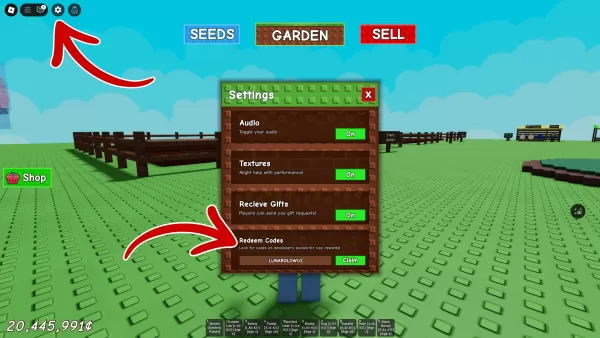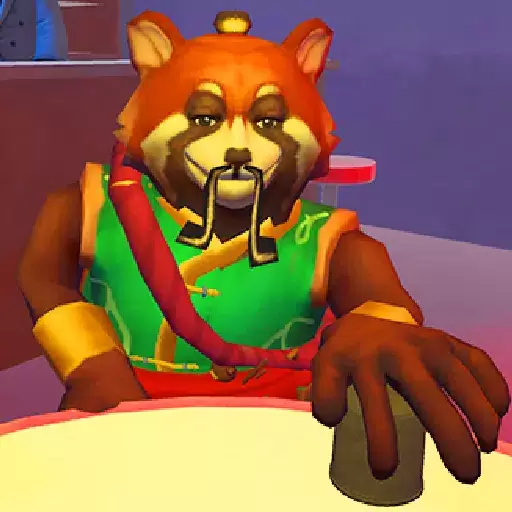In 2015, Don't Nod redefined interactive drama with Life is Strange, captivating players with its poignant exploration of everyday life, friendship, and the passage of time. Its meticulous detail and impactful choices resonated deeply. While subsequent projects explored different genres, none quite recaptured that initial magic. Years later, Don't Nod returns to its roots with Lost Records, a coming-of-age story that transcends interactive cinema, offering a nostalgic ode to carefree youth.
With its evocative atmosphere, memorable characters, and unpredictable choices, Lost Records immediately captivates. It's a game that perfectly captures the feeling of a long-missed era.
Table of Contents
- Friends Reunite to Uncover Secrets from the Past After 27 Years
- Choices Still Impact Surroundings, Dialogues, and Relationships
- Bloom & Rage Creates Beautifully Imperfect Characters
- A Town Worth Dreaming About
- Slow-Paced Plot: The Defining Feature of the Story
Friends Reunite to Uncover Secrets from the Past After 27 Years
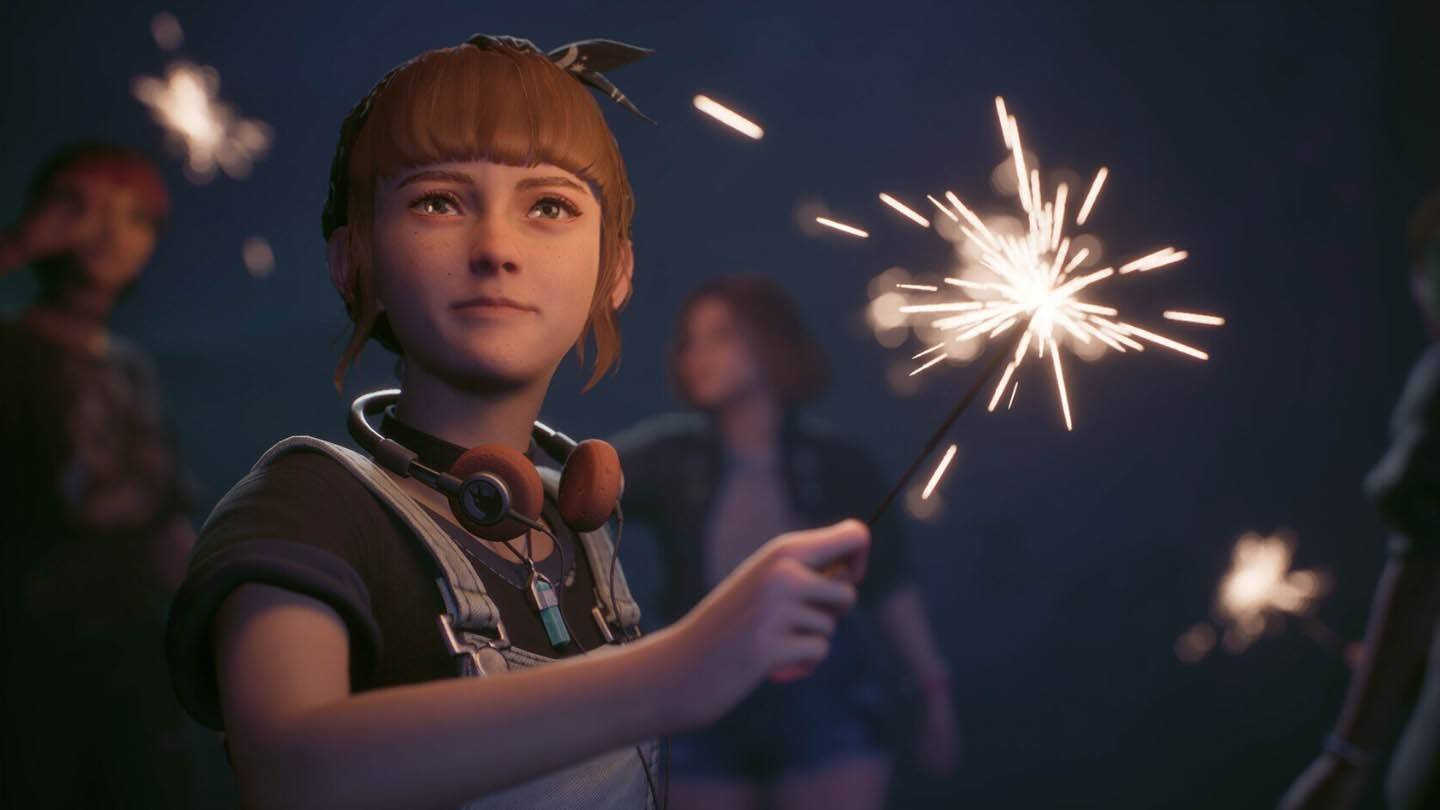
At the heart of Lost Records is the story of four women whose friendship fractured 27 years prior. Protagonist Swan Holloway returns to her hometown, Velvet Bay, for a reunion, only to discover a mysterious package from the past. A forgotten forest, an abandoned house, and long-buried secrets resurface, bringing forgotten memories vividly back to life. This is the essence of Bloom & Rage: a summer night's dream revisited.
The narrative unfolds across two timelines: 1995, a time of vibrant youth, and 2022, where the women, now in their forties, grapple with the awkwardness of their fractured past. The first-person camera perspective effectively highlights this contrast.
However, the majority of gameplay takes place in the past. Players explore beautiful locations, build relationships, and document events using a vintage HVS camera. Video recording is a core mechanic; like Max in Life is Strange, Swan films everything from graffiti and wildlife to people and even paranormal occurrences.
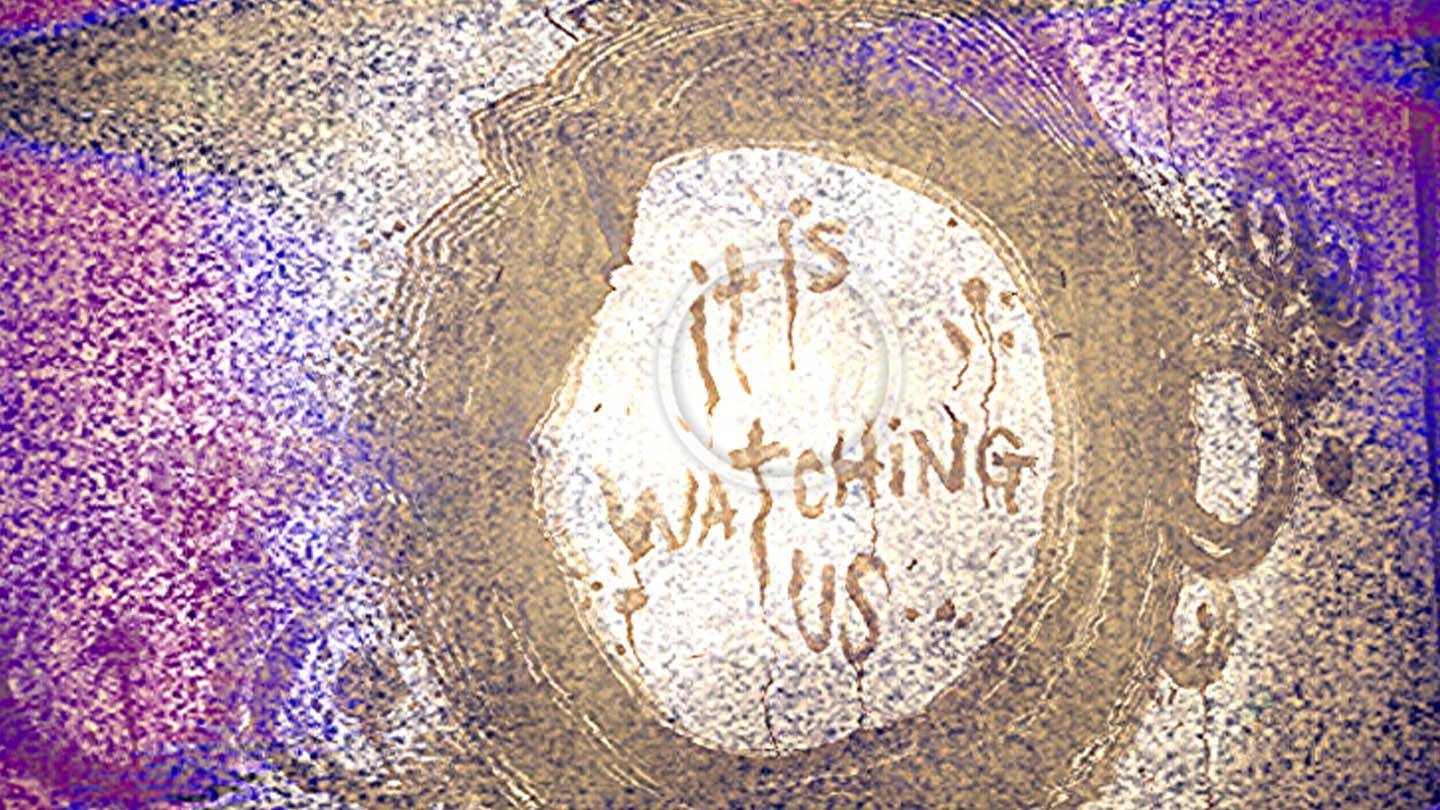
Collected footage can be edited into short films within a dedicated menu, categorized by theme, with Swan providing commentary. These films appear within the story, though they don't directly impact the narrative.
Player choices have both significant and subtle consequences, influencing the story's progression. The long-term impact of choices is currently limited, reflecting the episodic nature of the game and its narrative structure.
Choices Still Impact Surroundings, Dialogues, and Relationships
Lost Records delivers the interactivity and attention to detail expected from a Don't Nod title. For example, Swan might express a desire for ice cream from a nearby truck. Choosing to buy it or not affects subsequent conversations and events. Delaying the purchase results in the truck closing, altering interactions with other characters.
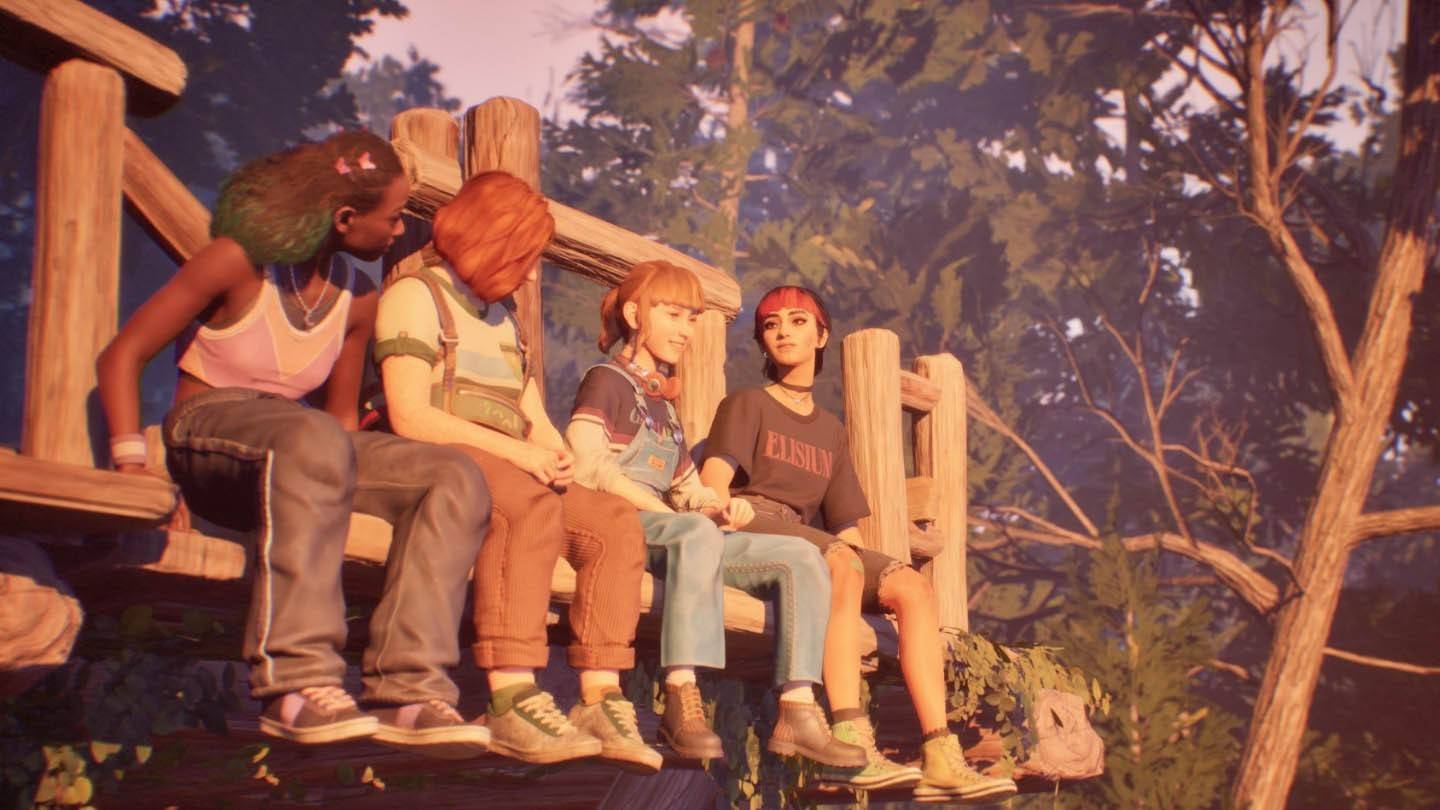
The dynamic world enhances the game's charm. Real-time dialogues, reminiscent of Oxenfree and Telltale games, allow for interruptions, topic changes, and the option of silence—sometimes a powerful choice in itself.
Building relationships is also a form of choice; players aren't obligated to seek everyone's approval. The freedom to connect or distance oneself from characters adds depth.
Bloom & Rage Creates Beautifully Imperfect Characters

Don't Nod has crafted authentic characters: loud, sometimes clumsy in their youthful idealism, yet deeply sincere. Swan, the protagonist, is a relatable 16-year-old who is self-conscious and uses her camera as a shield. While reminiscent of Max Caulfield, she avoids feeling like a mere rehash.
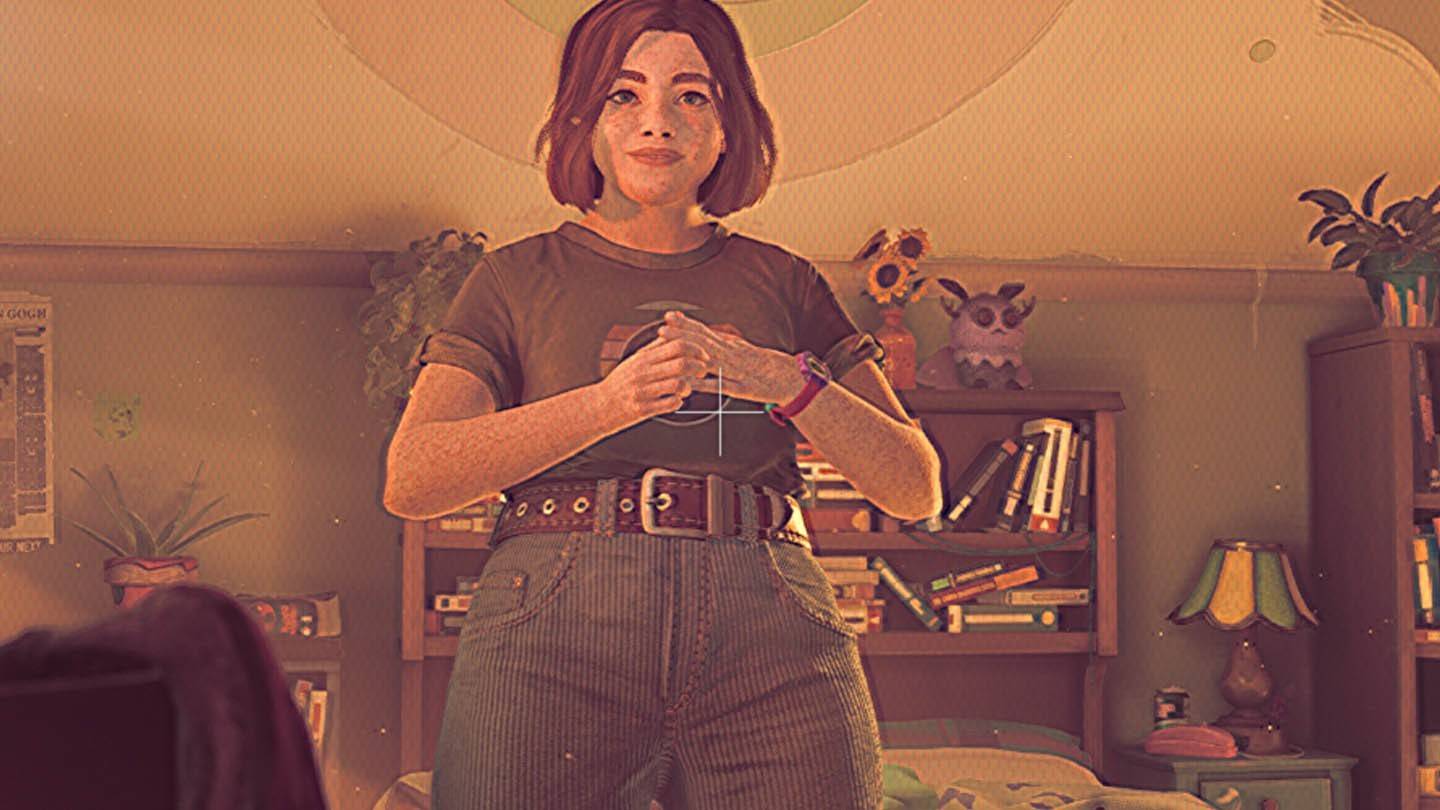
Her friends—Ottem, Kate, and Nora—embody familiar archetypes but avoid cliché. Nora, the punk girl with American dreams, is surprisingly cautious, while the passionate writer Kate encourages bolder actions. Ottem appreciates thoughtful individuals. These characters evoke the relatable experiences and uncertainties of adolescence.
A Town Worth Dreaming About
Nostalgia permeates every aspect of the game, particularly Swan's room, filled with artifacts from the 90s: a bulky TV, floppy disks, Tamagotchis, and more. Every detail invites reflection on a bygone era.
Pop culture references abound: films like Sabrina, The X-Files, and The Goonies; games like Oxenfree and Life is Strange; books and music from the era. The plot's 27-year gap subtly references Stephen King's It.
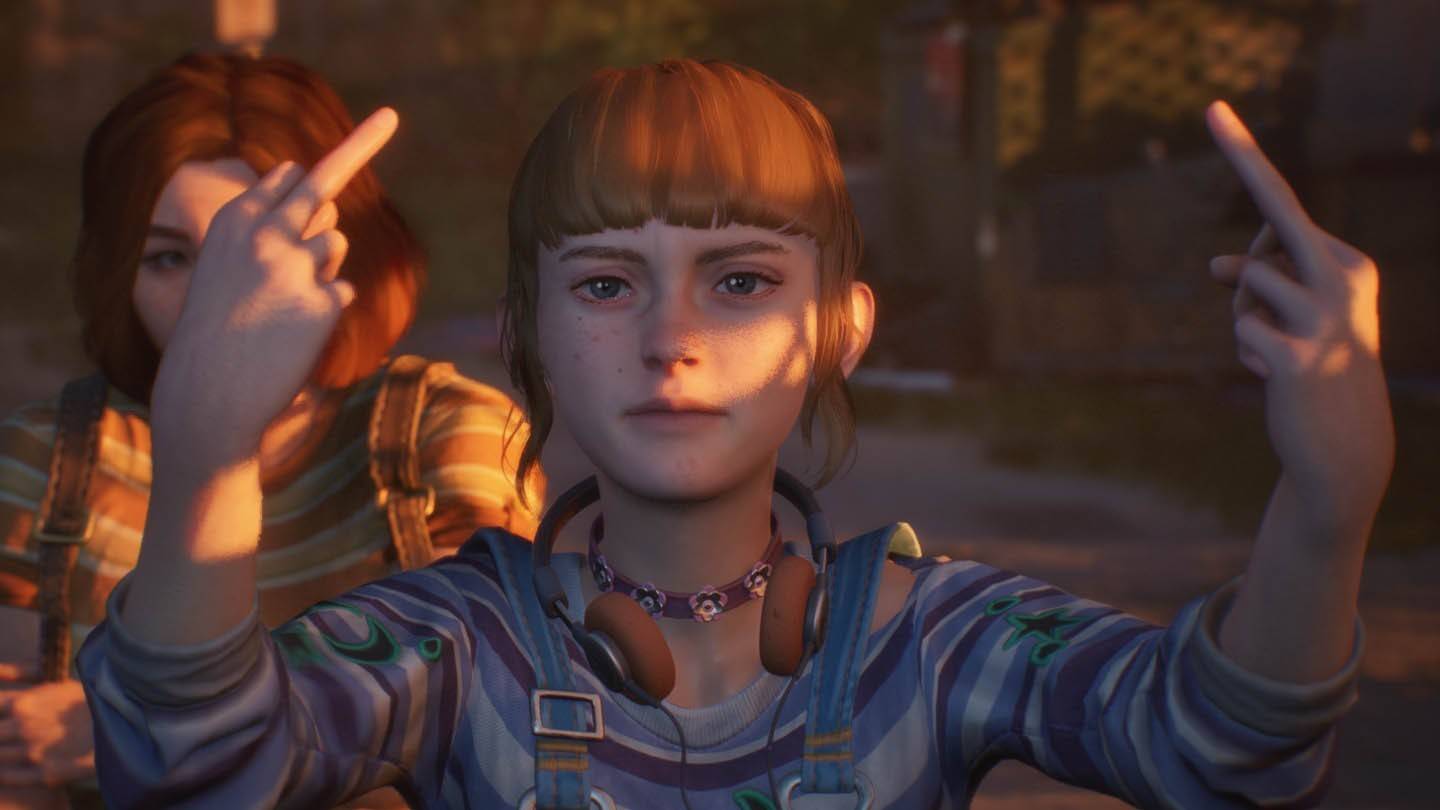
The soundtrack, featuring dream-pop and indie-rock, is particularly noteworthy; tracks like "See You in Hell" and "The Wild Unknown" are captivating. Velvet Bay, with its cozy daytime atmosphere and chilling nighttime ambiance, is a memorable setting, its secrets adding to the intrigue.
Slow-Paced Plot: The Defining Feature of the Story

The game's deliberate pacing, unlike the quicker transition to mystery in Life is Strange, prioritizes character development and atmosphere before escalating the narrative. While this might not appeal to all players, it allows for a deeper connection with the characters and the setting. The tension builds towards the second half of the first episode, culminating in a compelling cliffhanger that promises further excitement.
Lost Records: Bloom & Rage successfully transports players to the 1990s, offering relatable characters, engaging interactions, and a promising narrative. Its ultimate success will be determined by the second installment, due April 15th. The potential for a truly captivating story is undeniable.

 Latest Downloads
Latest Downloads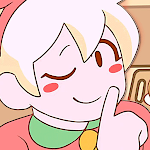
 Downlaod
Downlaod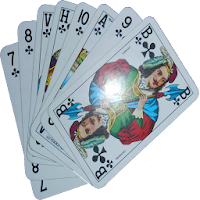
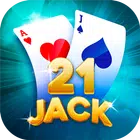


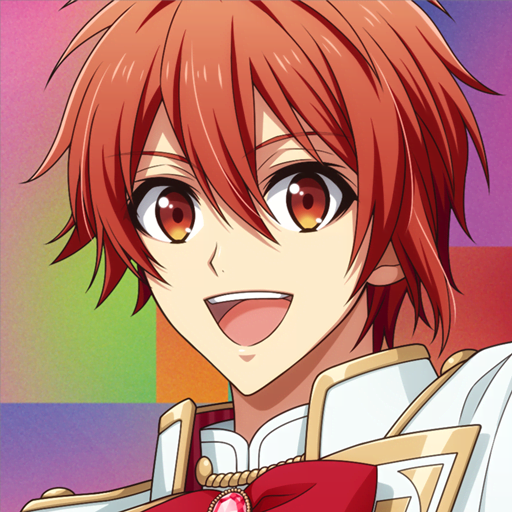
 Top News
Top News